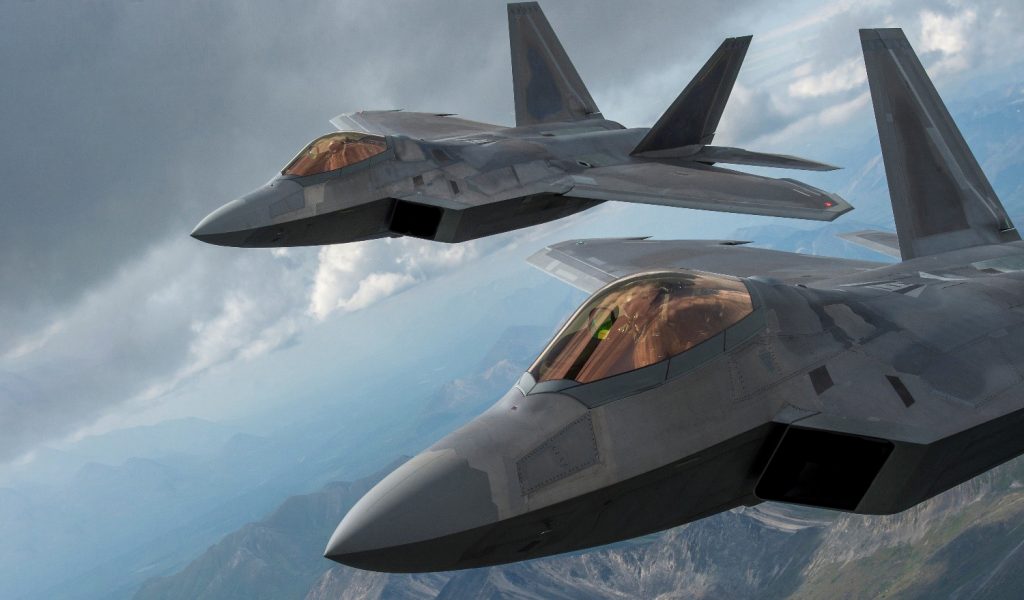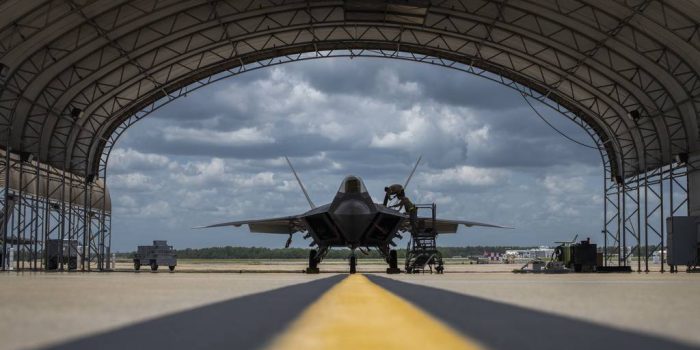On Friday, the United States Air Force awarded Lockheed Martin a $10.9 billion contract to retool its F-22 Raptor fighter jet.
The massive indefinite-delivery, indefinite-quantity contract for the F-22 Program Office’s Advanced Raptor Enhancement and Sustainment (ARES) program will cover up to a decade of F-22 sustainment and modernization.
According to a Defense Department announcement, the new deal covers services such as Raptor upgrades, enhancements, and fixes. In addition, Lockheed would also provide logistics and procurement of modernization hardware kits.

The F-22 Raptor cost $335 million when it was first developed in 1997. Years ahead of its time, the mighty jet managed to stand out among other fighter jets. It incorporated supercruise, super maneuverability, and sensor fusion into a single weapon system. The stealthy aircraft was also designed to emit fewer radio waves, have a lower infrared signature, a lower acoustic signature, and wasn’t easily visible. As a result, it outperformed all traditional jets.
Furthermore, it also had an integrated avionics system that combined sensor fusion, radar data, and other outside sensors to improve the pilot’s situational awareness.

The jet, however, is no longer as unrivaled as it once was. Therefore, Lockheed Martin, which built the F-22, is the sole recipient of the contract.
If the agreement is appropriately exercised, the Pentagon anticipates that the work will be completed by Oct. 31, 2031. The contract will be concluded in Fort Worth, Texas. However, by the time the F-22?s advancement under ARES is completed, the aircraft may have reached the end of its useful life.

The F-22 will be retired eventually, according to Air Force Chief of Staff Gen. Charles “CQ” In a May interview with Defense News, Lt. Gen. Clinton Hinote, Air Force deputy chief of staff for strategy, integration, and requirements, stated that the service intends to use the Raptor as a “bridge” until the Next Generation Air Dominance program is up and running.
“It’s just not going to be the right tool for the job, especially when we’re talking about defending our friends like Taiwan and Japan and the Philippines against a Chinese threat that grows and grows,” Hinote concluded.


